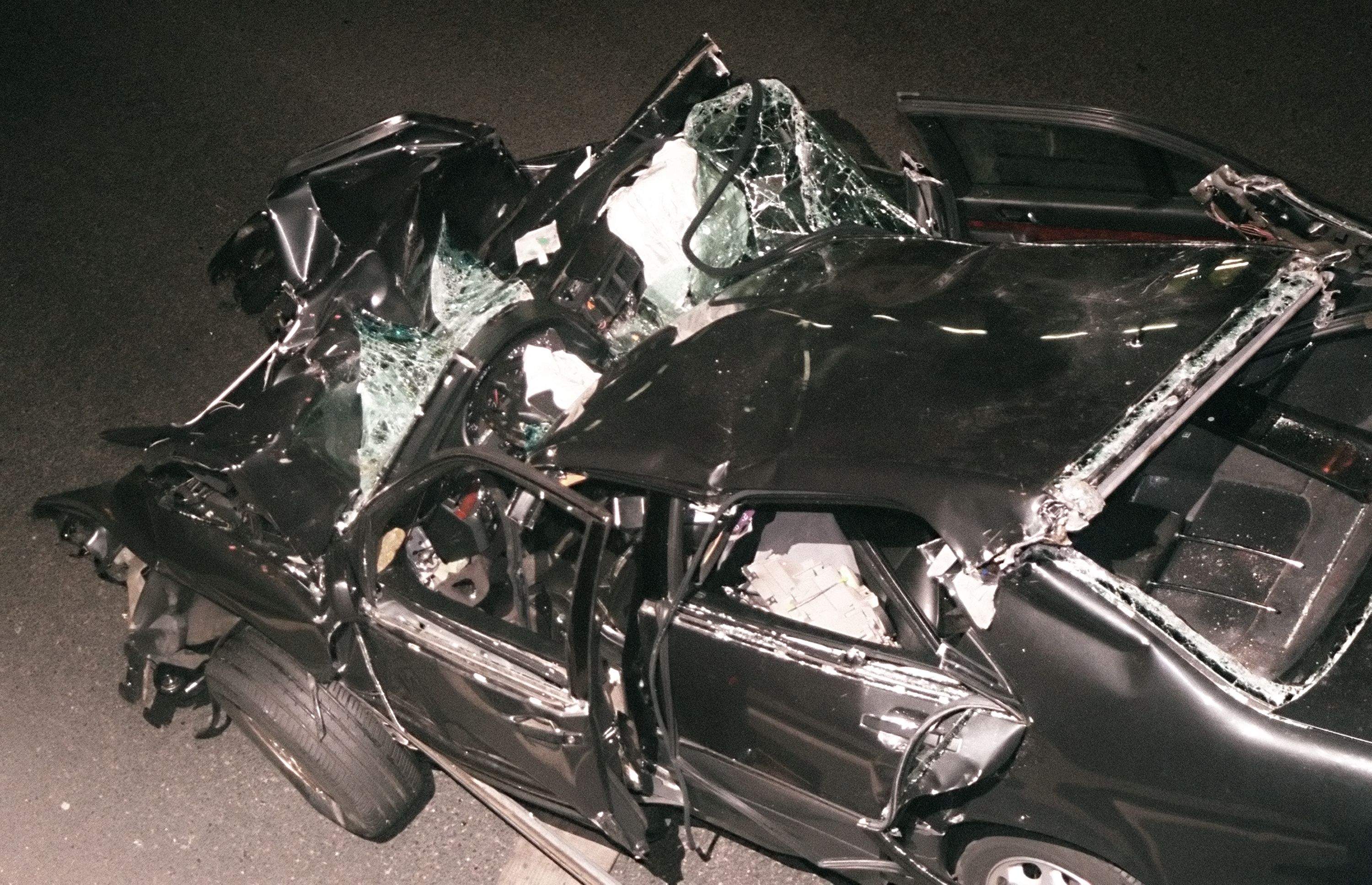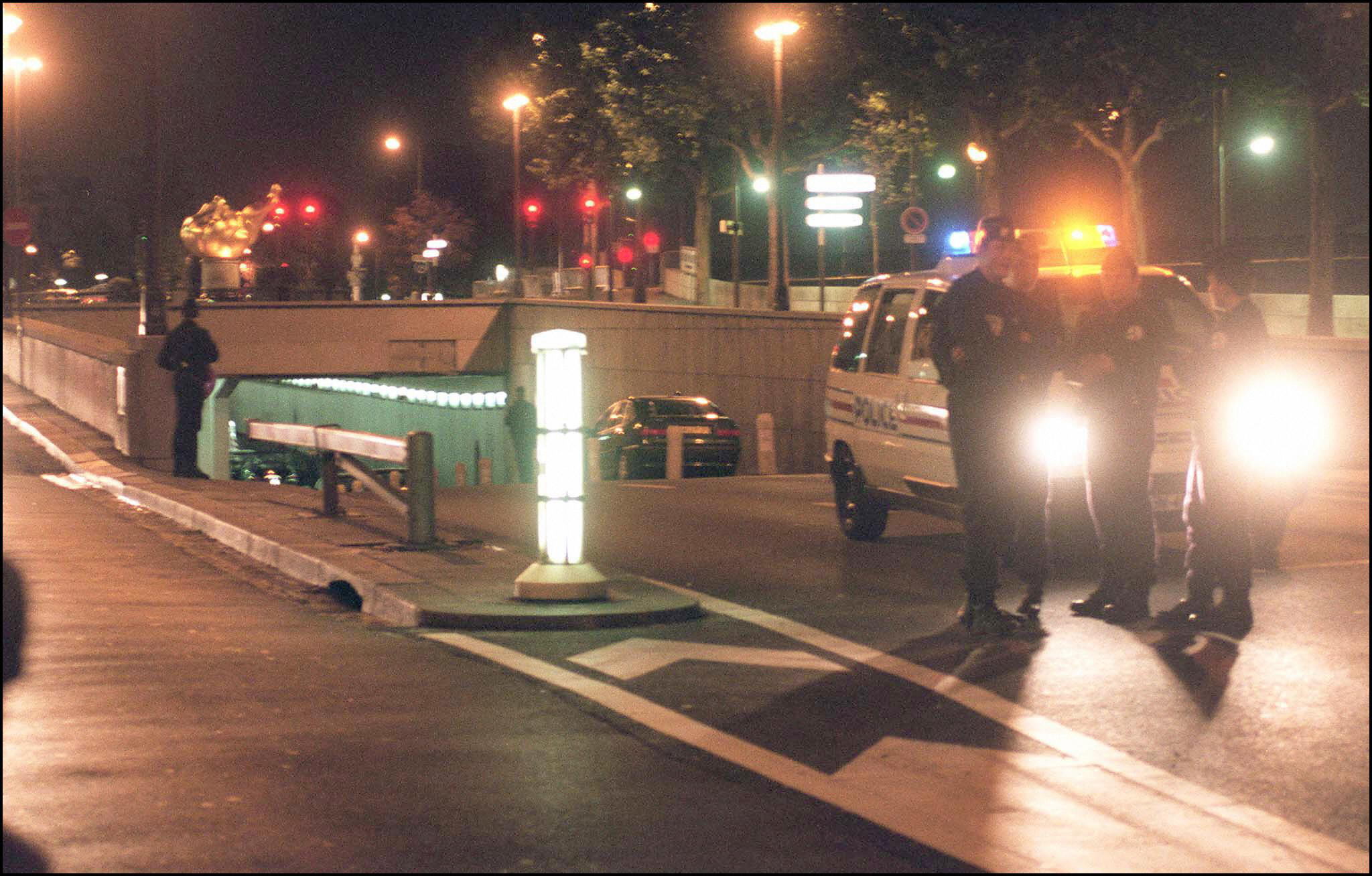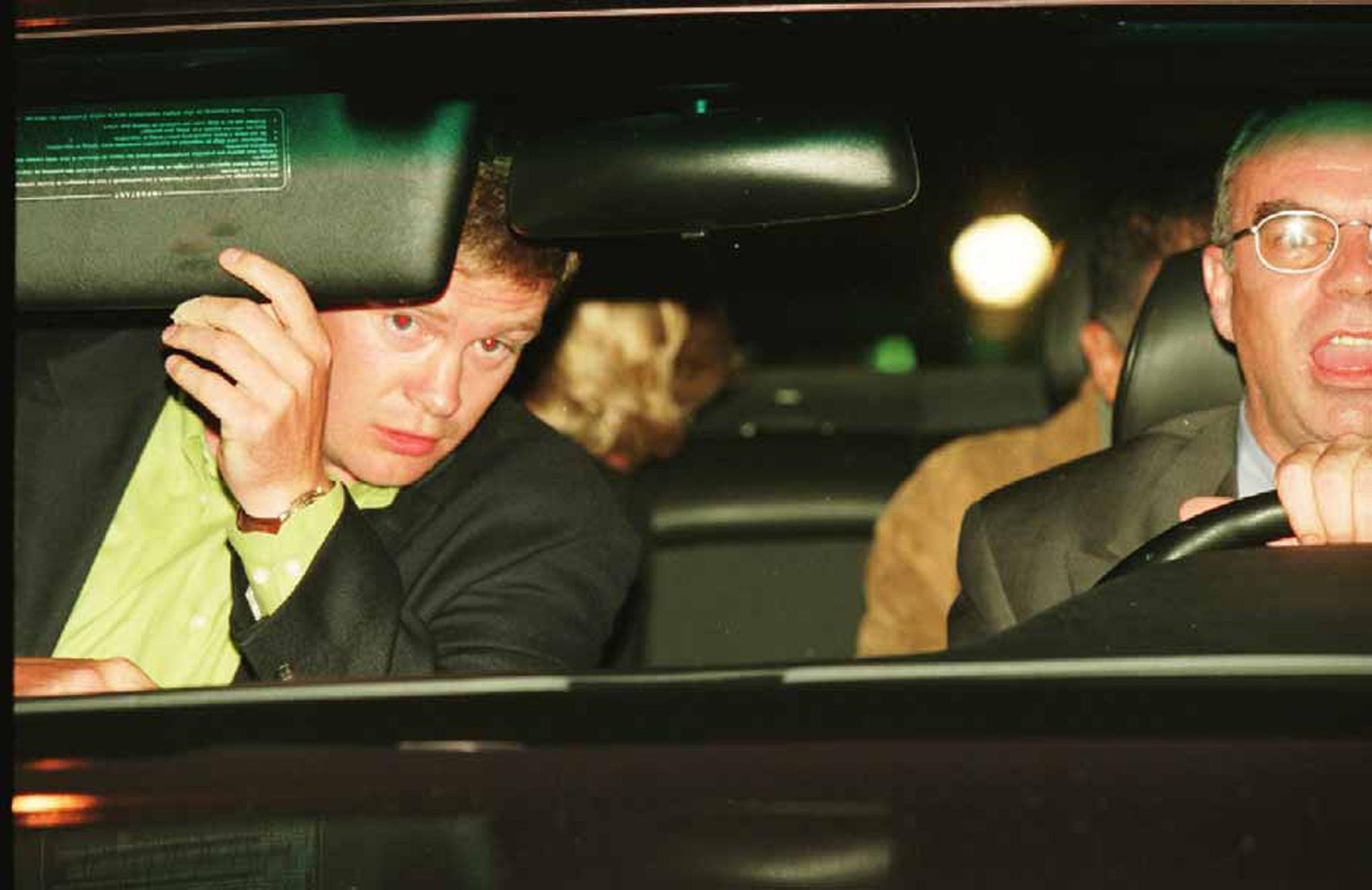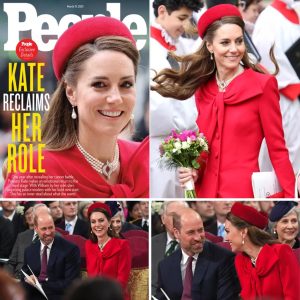Lee Sansum, a respected former member of Princess Diana’s close protection team, has died at the age of 60. His death, attributed to a heart attack, was confirmed by his wife, Kate Sansum, in a heartfelt message shared on Facebook on May 18, 2025.
Kate’s post described Sansum as her “soul mate and hero,” and noted that he passed away at home on a Saturday morning.
She remembered him as a man of integrity, strength, and deep compassion whose presence would be greatly missed not only by his family but also by many in the wider security and martial arts communities.
Sansum was best known for his work in the 1990s as part of a close protection detail during Princess Diana’s 1997 summer visit to St. Tropez, where she stayed with her sons at businessman Mohamed Al-Fayed’s estate.

(Sources: BBC, The Guardian, Daily Mail, ITV News)
“Protecting Diana”: Lee Sansum’s Memoir and Memories
In 2022, Sansum published his memoir, Protecting Diana: A Bodyguard’s Story, offering personal insights into his time protecting the Princess of Wales. In the book, he described Diana as “kind, warm, and deeply aware of her public role,” and recalled the informal conversations they shared during her final summer.
He recounted how Diana nicknamed him “Rambo” due to his background in the Royal Military Police and his imposing presence. Despite the high-profile nature of his work, Sansum always emphasized discretion, security, and professionalism.
The memoir also detailed the standard safety protocols followed during high-risk assignments—particularly around seatbelt use, hotel security, and media management.

His Reflections on the Night Diana Died
One of the most discussed aspects of Sansum’s later interviews was his reflection on the events surrounding Princess Diana’s death on August 31, 1997, in a car crash in the Pont de l’Alma tunnel in Paris. At the time of the crash, Sansum was not in Paris. According to his memoir and interviews with British media, he had been part of the team protecting Diana and Dodi Fayed earlier that summer.
In an interview with The Sun and excerpts from his book, Sansum revealed that the selection of security personnel for the trip to Paris had come down to drawing straws. He was not chosen to accompany them, a decision that he said stayed with him for years. “It could have been me in that car,” he reflected.
Sansum believed that seatbelt usage could have changed the outcome. He emphasized in interviews that while on detail, he had always insisted that Dodi Fayed, who reportedly disliked seatbelts, comply with safety rules. He reiterated that wearing seatbelts had been a standing order from Mohamed Al-Fayed.
This viewpoint aligns with findings from multiple investigations, including the 2008 British inquest, which concluded that Diana and Dodi’s failure to wear seatbelts was a significant factor in the fatal outcome of the crash.
(Sources: The Independent, BBC Panorama, UK Inquest Findings 2008)

The Tragic Night in Paris: What Official Reports Confirm
The fatal crash occurred in the early hours of August 31, 1997, as Princess Diana and Dodi Fayed left the Ritz Hotel in Paris in a Mercedes-Benz S280, driven by hotel security chief Henri Paul and accompanied by bodyguard Trevor Rees-Jones.
According to official investigations by both French and British authorities:
- The car was traveling well above the speed limit when it entered the tunnel.
- The driver, Henri Paul, was found to have a blood alcohol level over the legal limit.
- Neither Diana nor Dodi was wearing a seatbelt.
- Only Trevor Rees-Jones, who wore a seatbelt, survived the crash.
Dr. Frédéric Mailliez, a French emergency physician who was one of the first to arrive at the scene, later stated he did not recognize Diana at the time. His focus, he explained in interviews, was to stabilize the injured before paramedics arrived. He provided oxygen to the Princess, who was unconscious but alive when emergency services arrived.
Diana was transported to Pitié-Salpêtrière Hospital, where doctors spent over two hours trying to save her life. She ultimately succumbed to internal injuries caused by the crash.
(Sources: BBC, The Guardian, Reuters)

The Sole Survivor: Trevor Rees-Jones
Bodyguard Trevor Rees-Jones was the only survivor of the crash. He sustained serious facial injuries and was in a coma for several days. In the years since, Rees-Jones has spoken occasionally about the incident, recalling fragmented memories, including hearing voices just before the crash.
He underwent extensive reconstructive surgery and later resumed work in private security. In a 2000 interview, he stated that he believed Henri Paul did not appear intoxicated before they departed the Ritz Hotel.
Rees-Jones later published a memoir, The Bodyguard’s Story, in which he described the events from his perspective and his recovery journey. He has since chosen to lead a largely private life in the U.K., working in corporate security.
(Sources: ITV News, Daily Telegraph)

Lee Sansum’s Later Life and Legacy
After his royal protection service, Sansum continued to work in international security, including roles in conflict zones and as a private security consultant. He also trained in martial arts and taught personal defense techniques.
His book, published decades after Diana’s death, was well-received for its personal tone and reflections on public life and responsibility. In it, he emphasized lessons learned from protecting high-profile individuals and spoke to the importance of duty, loyalty, and discretion in the world of private security.
Sansum spent his final years in the U.K. with his family, continuing to mentor others and advocate for best practices in protective services.
Conclusion: Remembering Diana and the People Who Protected Her
The death of Lee Sansum marks the passing of another figure closely connected to Princess Diana’s life and final days. His reflections, shared publicly through his book and interviews, contribute to the broader understanding of the risks faced by public figures and the role of those who protect them.
While he never served during Diana’s final hours, Sansum’s commitment to her safety during her lifetime left a lasting impression. His death is a poignant reminder of the many individuals who supported and protected the late Princess behind the scenes—loyal professionals who carried both memories and responsibilities with quiet honor.





